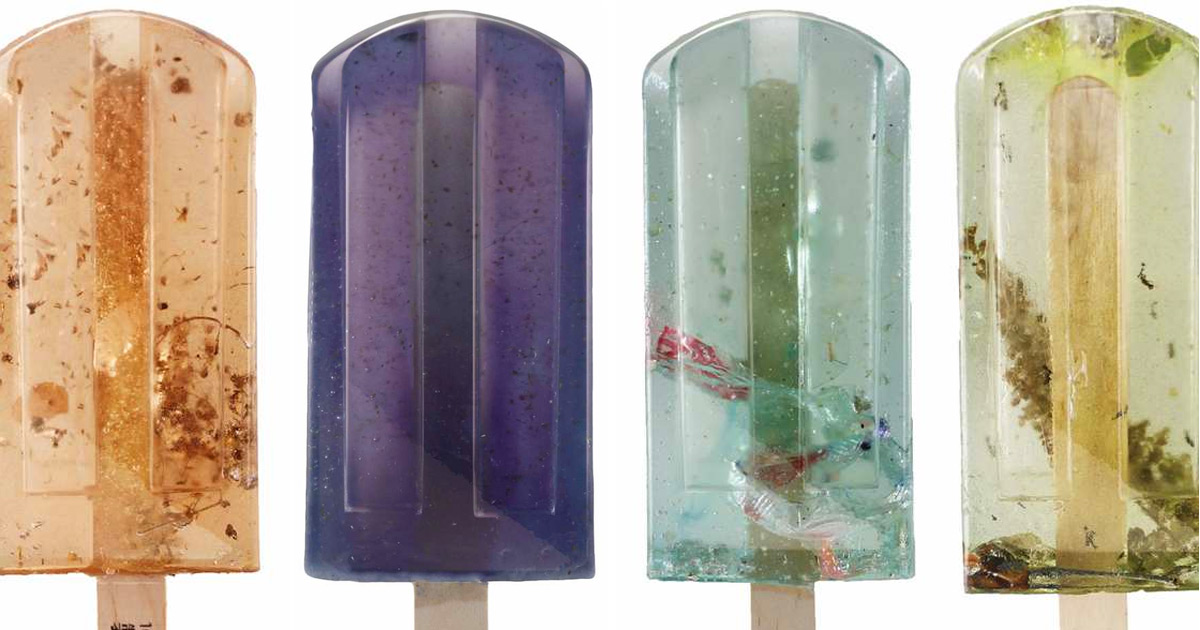Topic:Filtration the only way to save our planet
Area: Engineering
Abstract:
Inspired by the work of Hong Yi-Chen and Guo Yi-hui and Zeng Yu-di called “Pollution”, the students will discuss the importance of water filtration in our everyday lives. Each one will take responsibility for specific actions related the process of filtering water (two kinds of filters, water, two kinds of pollution)
Learning objectives: · What is filtration Advisable age of students: 10-19
Materials: The work of Hong Yi-chen, Guo Yi-hui and Zeng Yu-di called “Pollution” represents the dirty waters of Taiwan. Shown in the form of a popsicle they turn the normal view of something pleasant into something unattractive. Thanks to the unusual form of representing pollution, it brings students to reflect about the importance of environmental awareness. The students should be asked about their general knowledge referring to the topic. The teacher should initiate a conversation about how we can solve and prevent the pollution of waters. Whilst engaging students to talk about the problem the teacher can visualise the ways of dealing with pollution on a whiteboard. Phase 2.1 Experimentation Duration 30/40 Build filtration system: The difference in the filtration system should be visible. The method of sand and gravel is more effective. Because the sieve stops only the bigger particles of dirt and plastic. This process should help the students understand how mechanical filtrating works. Mechanical filtering is the first step making the water drinkable. The students should differentiate the methods of water filtration. The goal is to be able to explain why one of the methods works better. The teacher should explain that filtering water has a meaning in a bigger scale – the possibility to drink tap water. Phase 2.2 Experimentation Duration 20 In the class of minimum 15 students divide the class into four group that will represent the filters, mud, and plastic. Group 1 – mud (ex. 5 students) The children that represent the two kinds of filters should stand in one line. The objective of the students that represent the mud and plastic is to escape through the children that are the filters. Group 3 can catch both represented pollutions. Group 4 can only catch Group 2. The goal of group 3 is to catch as much of the pollution as possible. The game ends when group 4 catches all of the students who represent plastic or when group 3 catches more than 5 students. Phase 3: Reflexions and debate Duration 10 min Ask the students to reflect about the importance of clearing the polluted waters. They should grasp the concept of filtering water on a big scale. References and links: |


